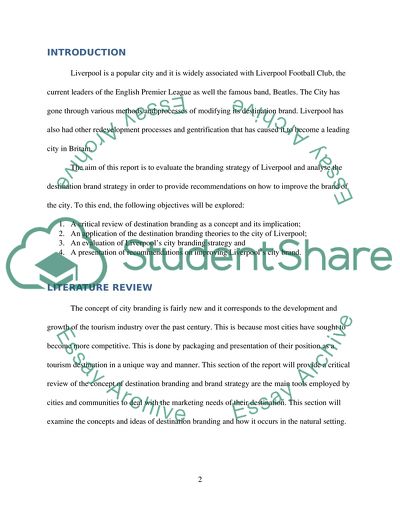Cite this document
(“Liverpool City Brand and a Case for Rebranding Essay”, n.d.)
Liverpool City Brand and a Case for Rebranding Essay. Retrieved from https://studentshare.org/marketing/1639784-evaluate-and-rebrand-a-city-destination
Liverpool City Brand and a Case for Rebranding Essay. Retrieved from https://studentshare.org/marketing/1639784-evaluate-and-rebrand-a-city-destination
(Liverpool City Brand and a Case for Rebranding Essay)
Liverpool City Brand and a Case for Rebranding Essay. https://studentshare.org/marketing/1639784-evaluate-and-rebrand-a-city-destination.
Liverpool City Brand and a Case for Rebranding Essay. https://studentshare.org/marketing/1639784-evaluate-and-rebrand-a-city-destination.
“Liverpool City Brand and a Case for Rebranding Essay”, n.d. https://studentshare.org/marketing/1639784-evaluate-and-rebrand-a-city-destination.


